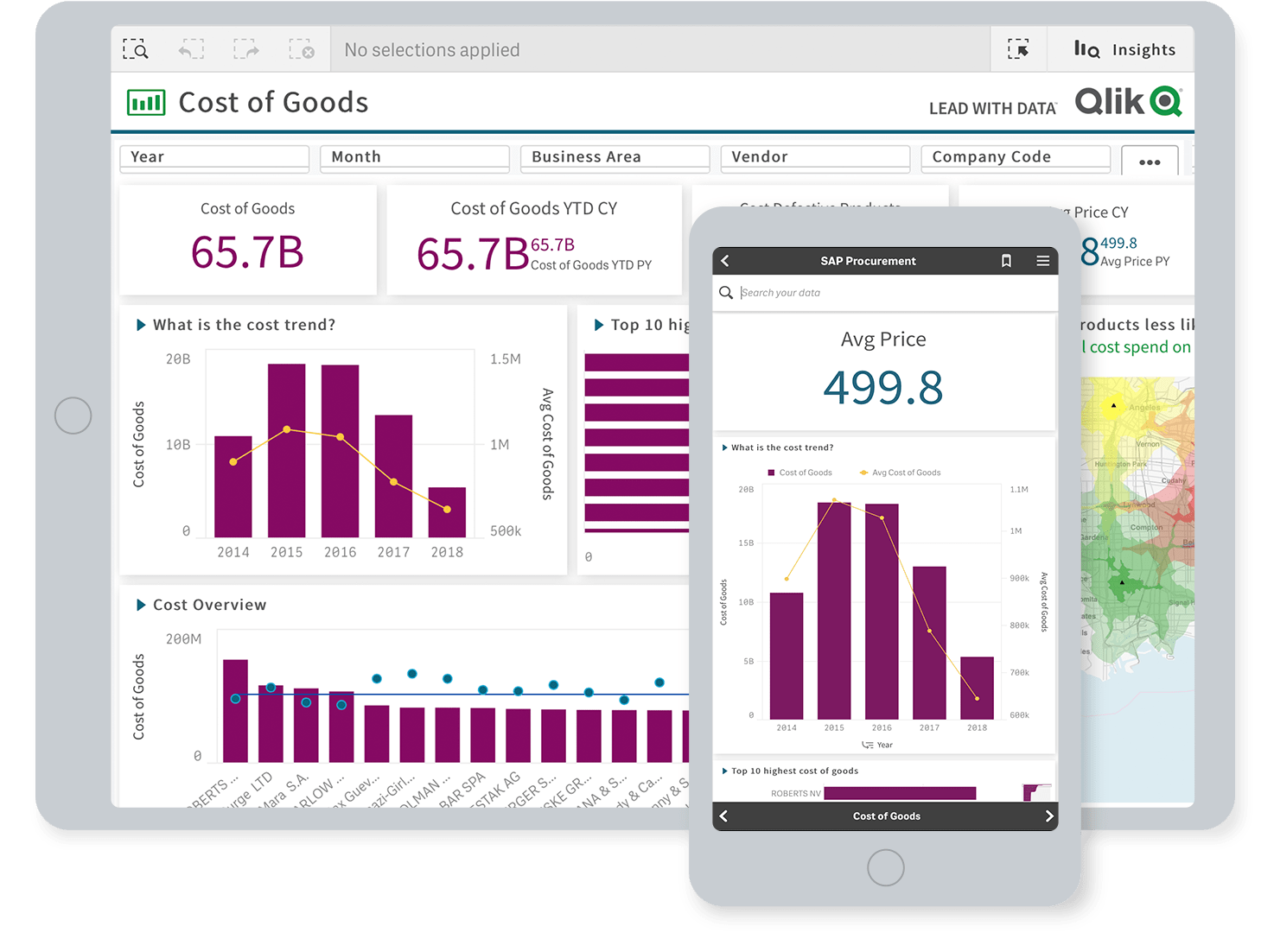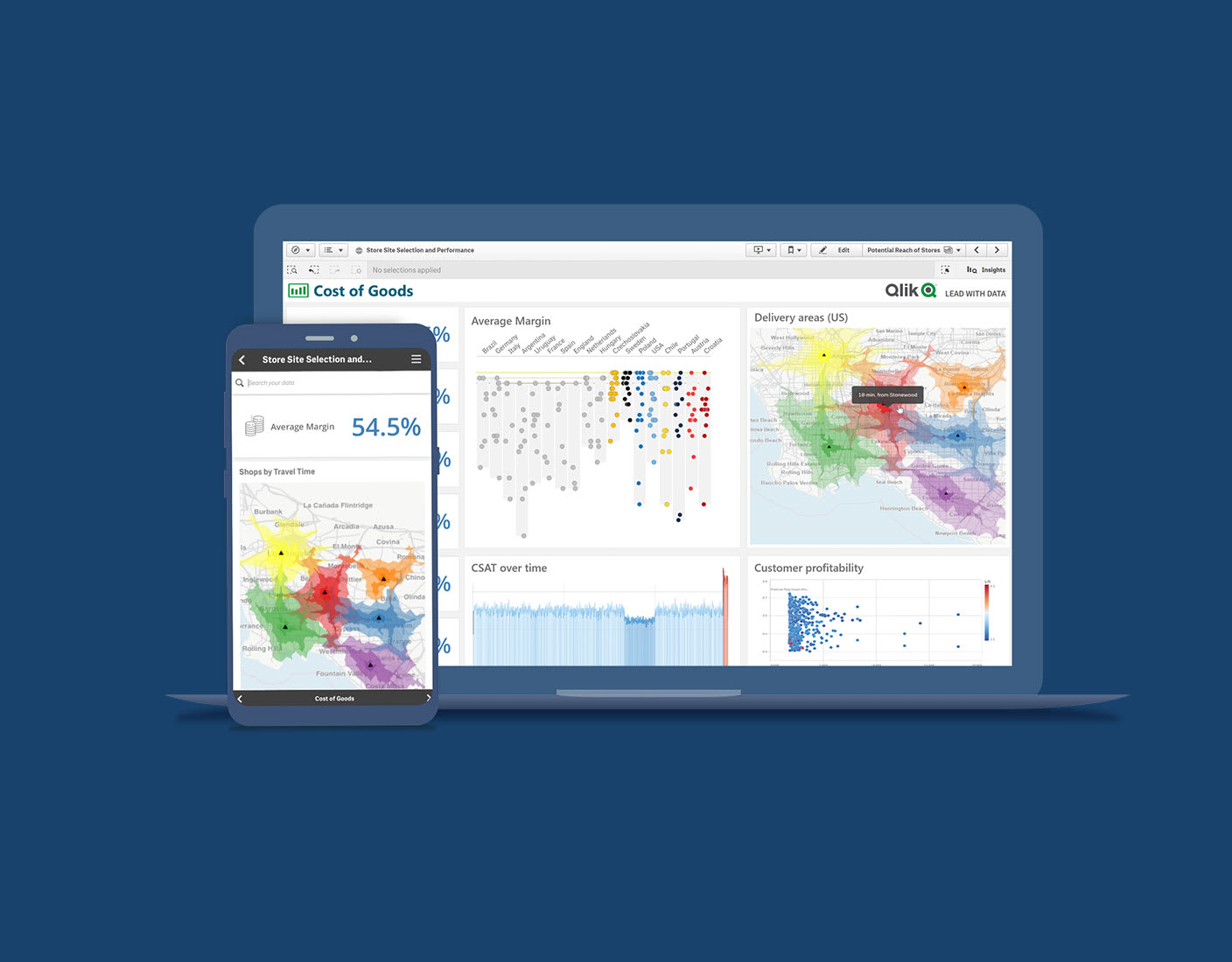BI reporting examples
The term business intelligence reporting can refer to a wide range of use cases in BI—from static reports to interactive dashboards to embedded analytics. While your immediate need may be one specific use case, it's important to plan your BI strategy with the bigger picture in mind. For example, static reports may also need alerts when KPIs pass a threshold. This may lead to requiring real-time dashboards. Dashboards may lead to the need for full self-serve BI so that any user can explore the data to quickly answer questions themselves.Here are the primary business intelligence reporting capabilities and use cases:
Self-service BI enables users to easily analyze data without writing code. Further, modern BI platforms that use an associative engine allow users to explore data freely in any direction, recalculating analytics and highlighting data relationships after each click.
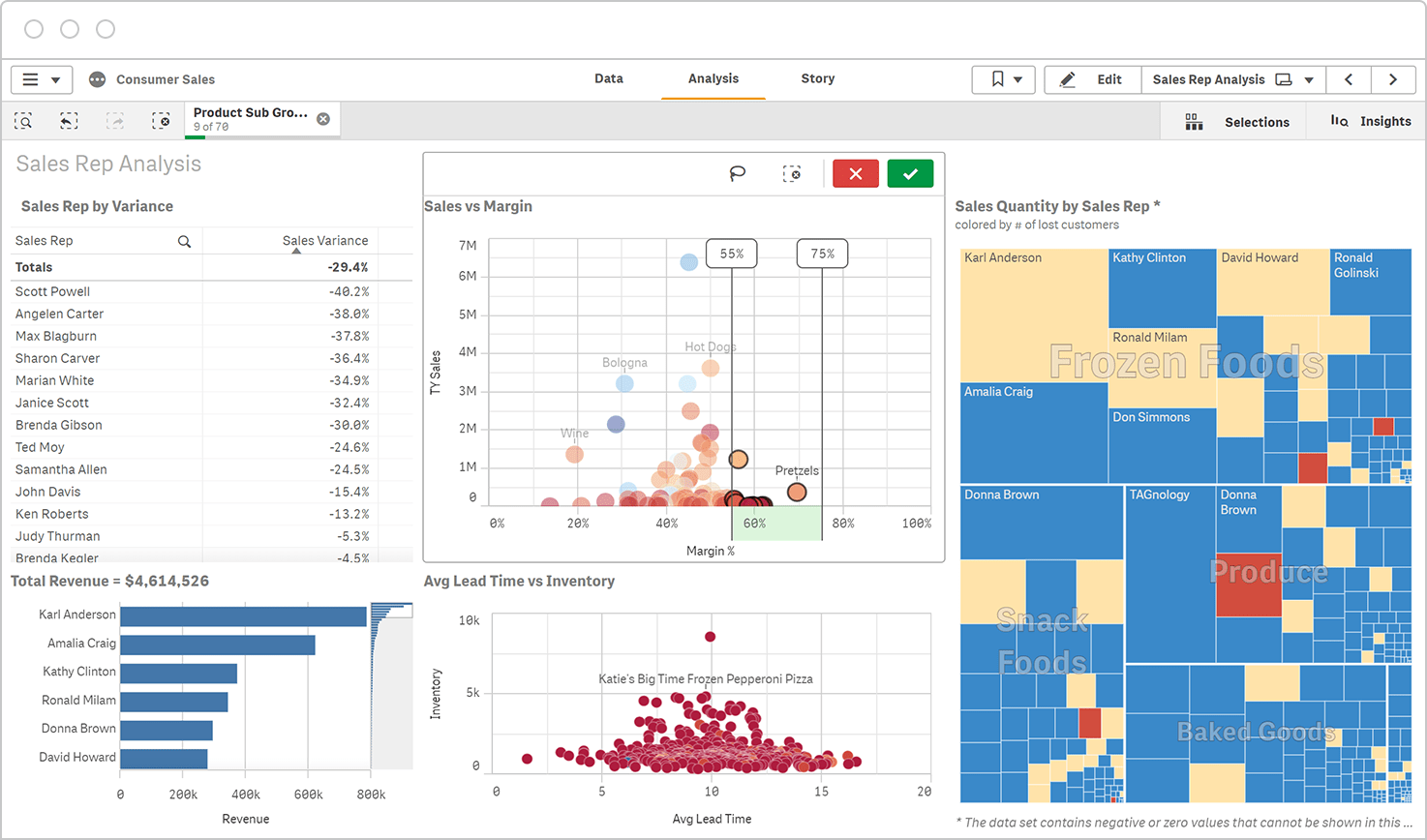
Dashboards and data visualization are used to improve understanding, allow collaboration and share information across an organization. Interactive dashboards that include rich data visualizations of charts, graphs and maps make it easier for stakeholders to understand and collaborate. Modern BI tools make it simple for any user to easily interact with the data themselves and create their own custom dashboards with drag-and-drop tools.
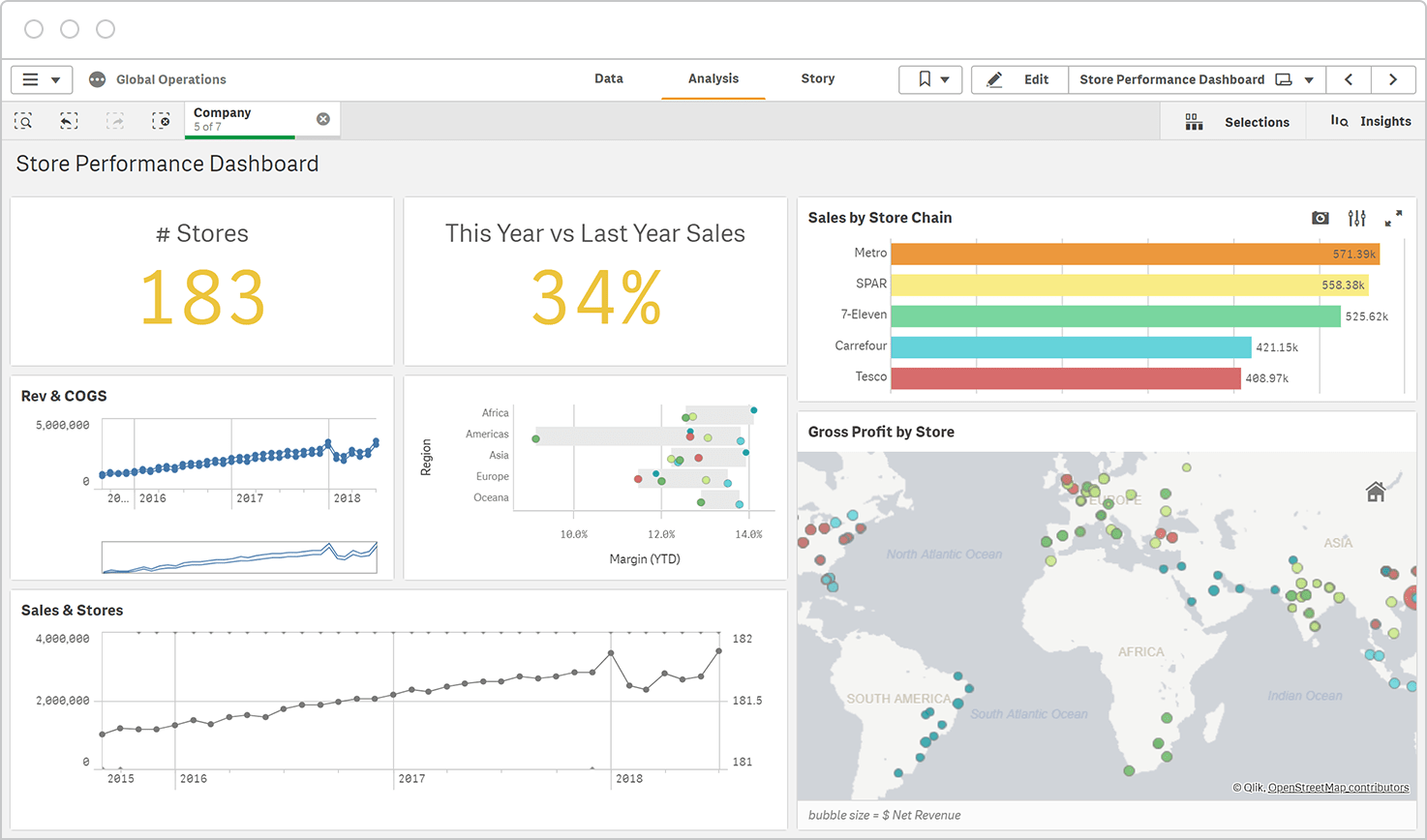
Static reports and alerting are also important ways for stakeholders to stay on top of their business and take quick action. BI software should allow users to easily build and share static reports in popular document formats and to set up data-driven, real-time alerts when KPIs pass a threshold. It’s important to understand the difference between analytics vs reporting.
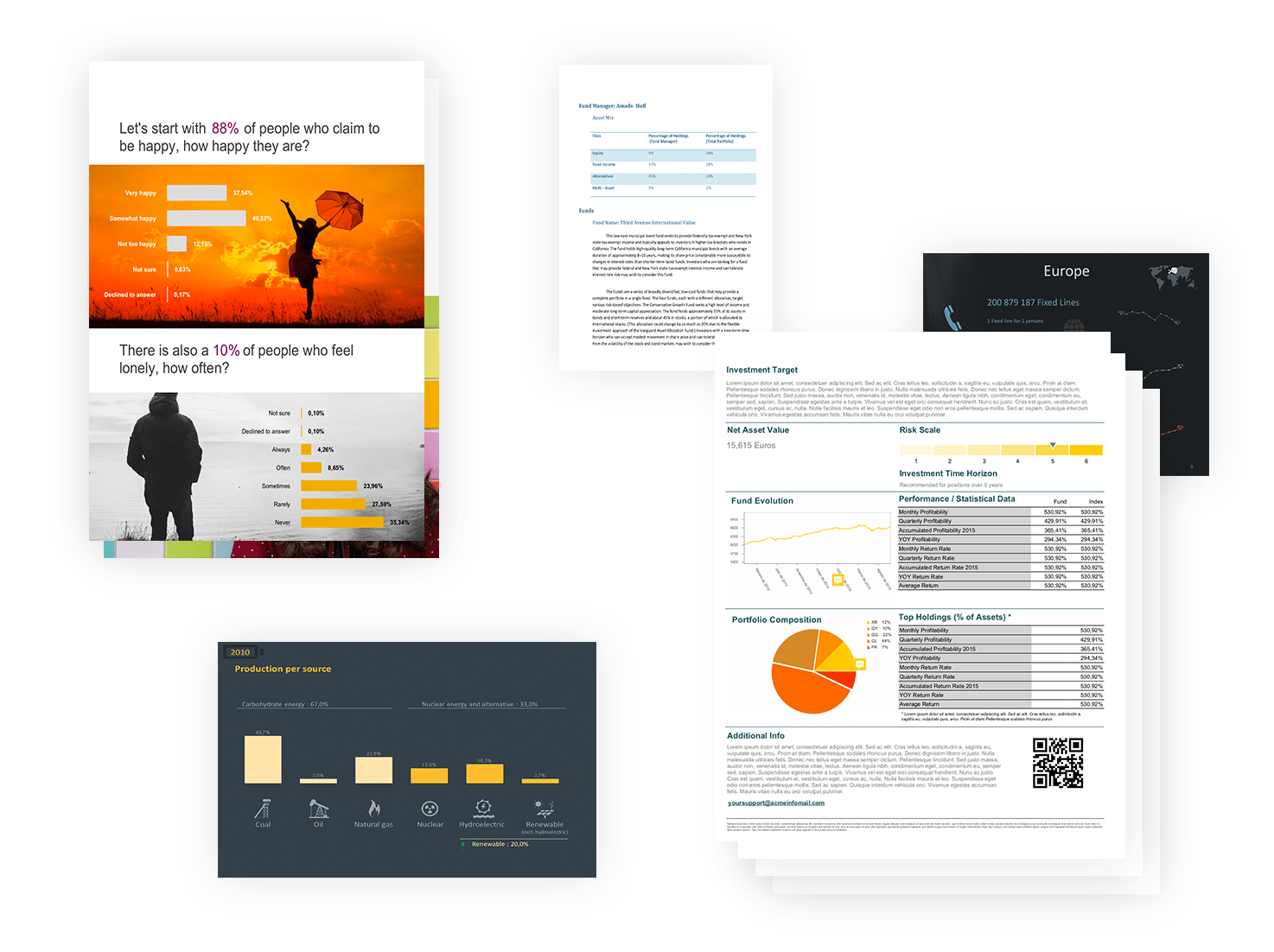
Augmented analytics uses artificial intelligence (AI) and machine learning to enhance human intuition with suggested insights and analyses, automation of tasks, search & natural language interaction, and real-time advanced analytics.
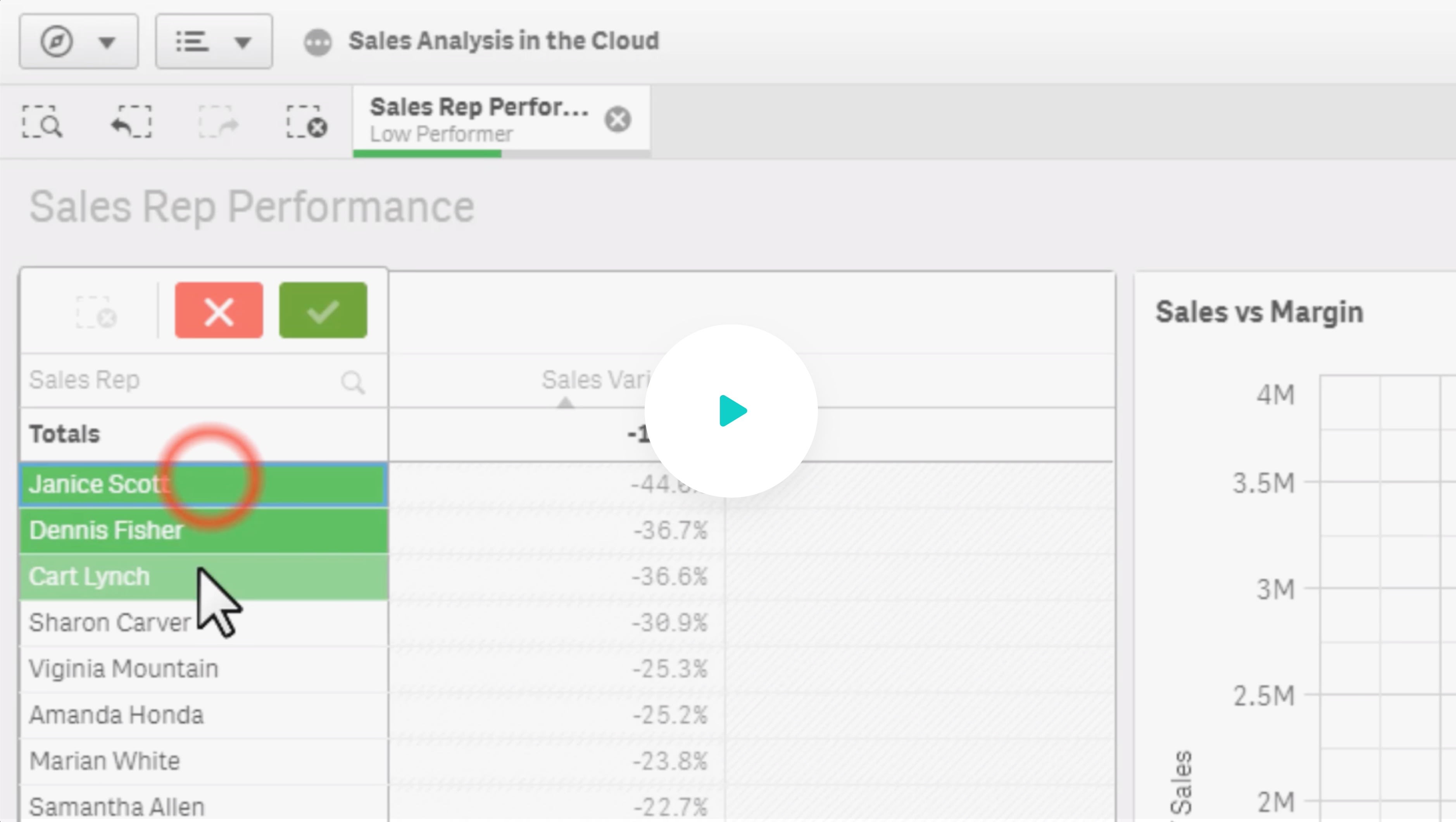
Embedded BI integrates business intelligence capabilities within applications, products, portals or processes. This lets employees, partners, customers and suppliers quickly access data and insights in their workflows rather than switching to a separate application. In this way, embedded BI helps people find insights and make better decisions faster.

Mobile BI means that users can share their insights and collaborate with other stakeholders on any device, even if they’re offline. Given the way work happens today, users need to be able to access and analyze their data wherever they are.
